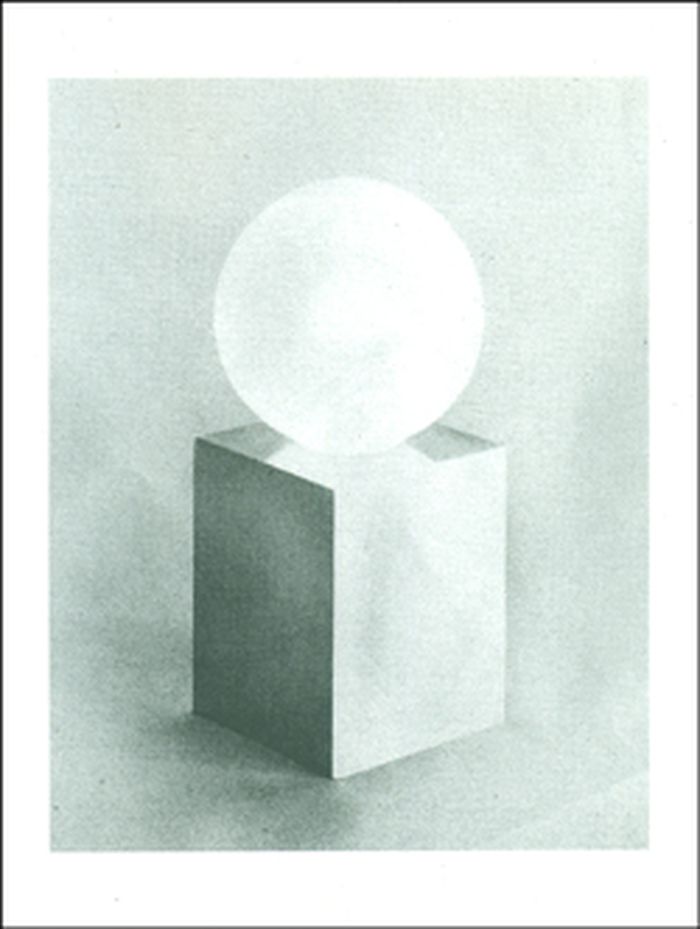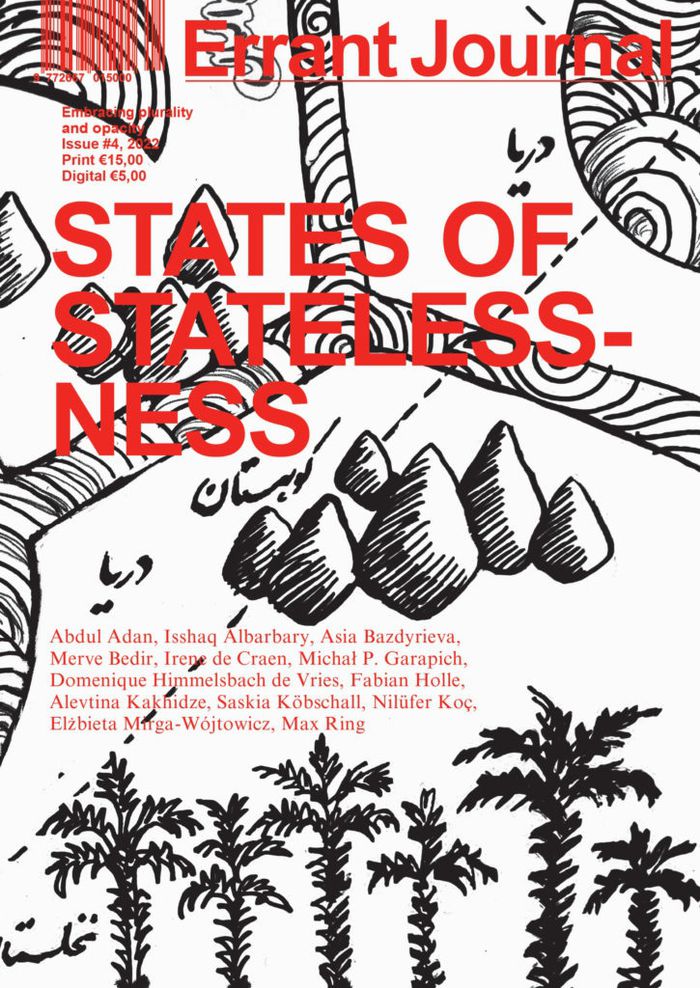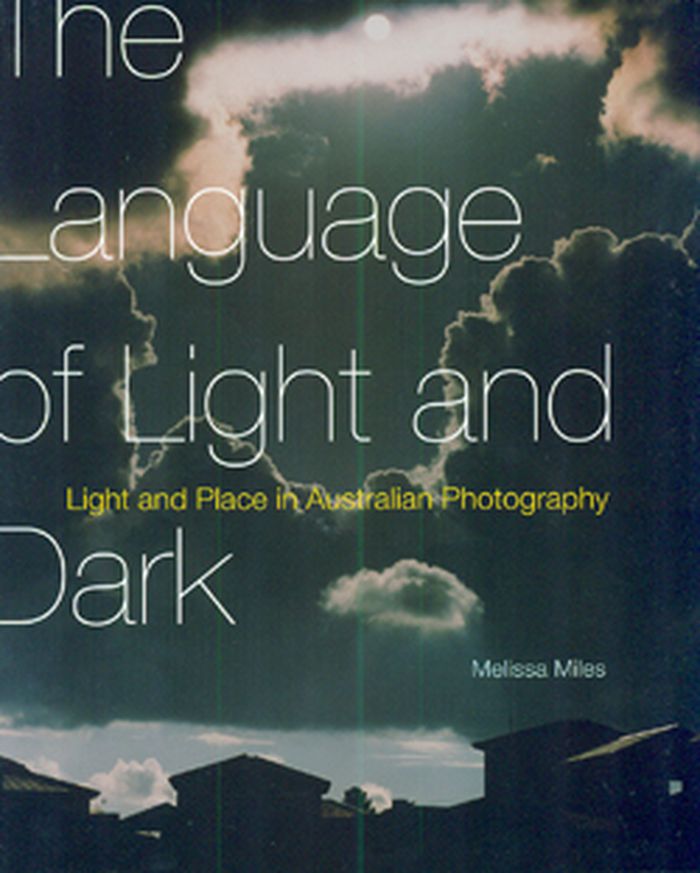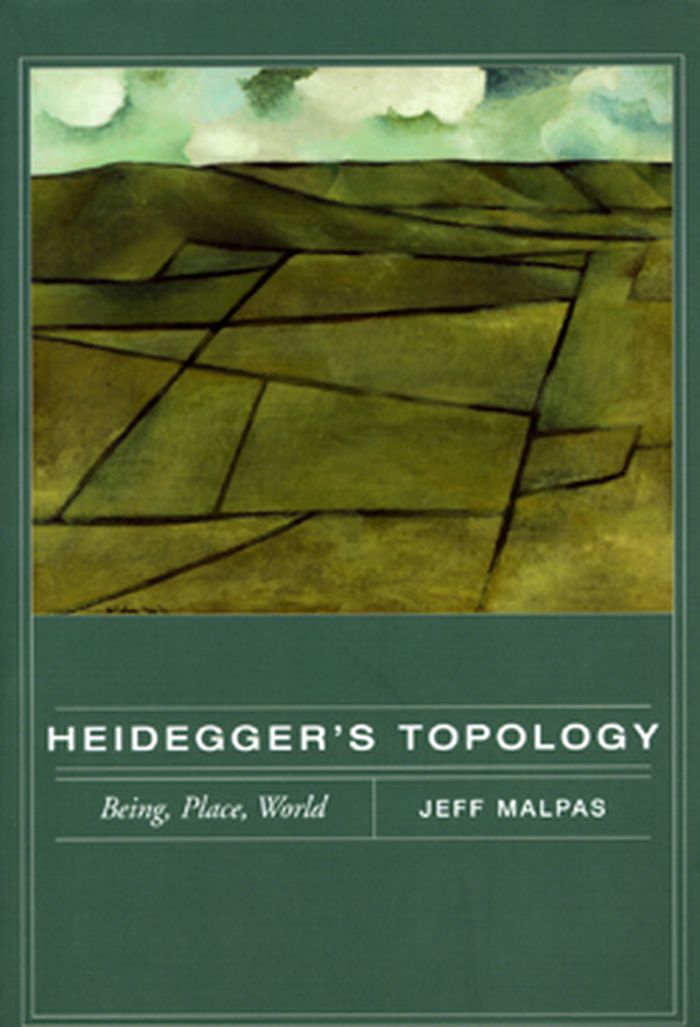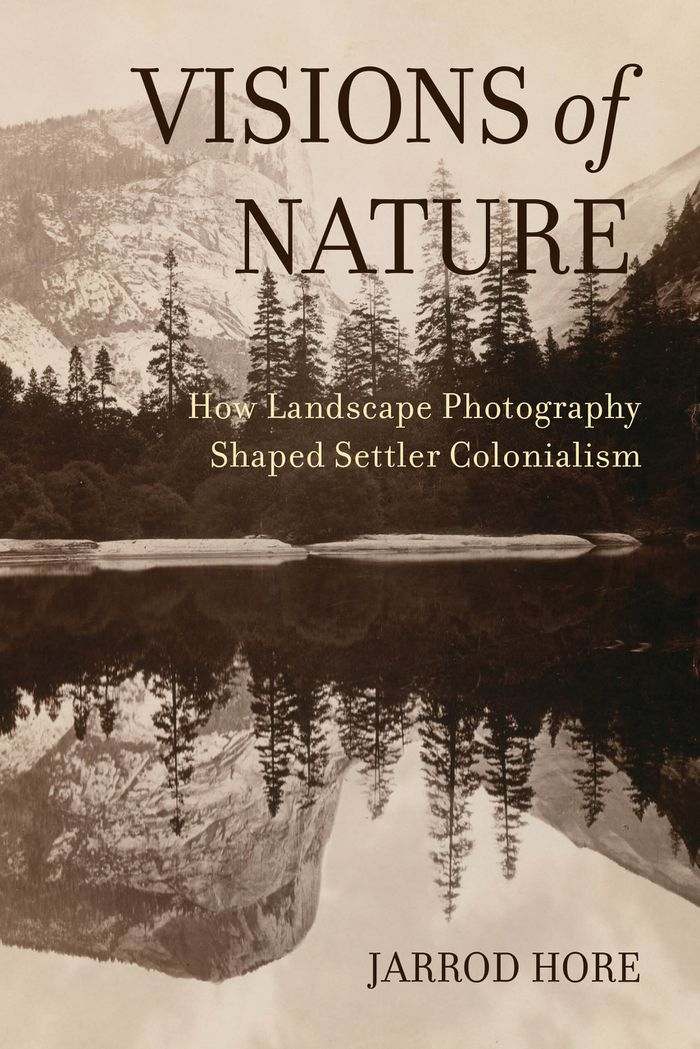Call ampersand response
$38.00
(available in store)
Summary:
Call Ampersand Response is a collaborative artwork made of images exchanged via email. Over a period of several months, Dumontier and Lexier sustained an image-based correspondence by sending each other scans of book covers, found objects, drawings and illustrations belonging to each artist’s respective collection. The project is based on the idea that their collections(...)
Call ampersand response
Actions:
Price:
$38.00
(available in store)
Summary:
Call Ampersand Response is a collaborative artwork made of images exchanged via email. Over a period of several months, Dumontier and Lexier sustained an image-based correspondence by sending each other scans of book covers, found objects, drawings and illustrations belonging to each artist’s respective collection. The project is based on the idea that their collections speak of their shared artistic affinities while informing their practices. Two rules dictated their conduct : each image was to function as a “call” seeking a “response” from the other artist, and the dialogue was to end when an image recalling the project’s opening image emerged, thereby constituting a narrative loop. Their conversation gave rise to a bookwork co-edited by Nieves and Artexte.
Illustration
$20.00
(available to order)
Summary:
Errant’s 4th issue tackles the imaginary nature of the nation state, and looks into alternative forms of solidarity, community and belonging that are disconnected from or even antagonistic to this form of governance and in which a migrant or otherwise marginalised position can be seen as one of power and resistance. ''States of statelessness'' delves into the diverse(...)
Errant Journal #4: States of statelessness
Actions:
Price:
$20.00
(available to order)
Summary:
Errant’s 4th issue tackles the imaginary nature of the nation state, and looks into alternative forms of solidarity, community and belonging that are disconnected from or even antagonistic to this form of governance and in which a migrant or otherwise marginalised position can be seen as one of power and resistance. ''States of statelessness'' delves into the diverse manners in which people respond to their precarious relations to nation and nationality in practical, poetic and community-based ways. But more than that, this issue is a celebration of the ways in which people are able to stand their ground, to exist in fluidity, and a commemoration of those before us that have shown that other ‘states’ are possible.
Magazines
$65.00
(available to order)
Summary:
Light features prominently in the work of Australia's artists, writers, and photographers. Myths of a distinctly Australian light have shaped national identity and belonging, and the notion that photography is a language of light has particular significance for the country's photographic works. The Language of Light and Dark recounts this history of light as a medium and(...)
The language of light and dark
Actions:
Price:
$65.00
(available to order)
Summary:
Light features prominently in the work of Australia's artists, writers, and photographers. Myths of a distinctly Australian light have shaped national identity and belonging, and the notion that photography is a language of light has particular significance for the country's photographic works. The Language of Light and Dark recounts this history of light as a medium and a metaphor from 1901 to the present. In this lucid, beautifully illustrated study, Melissa Miles reveals how myths of light and place have been reinvented, renewed, and challenged. She explores how approaches to darkness and light have been affected by debates about colonization, the landscape, urban development, and contemporary patterns of global and environmental change.
Theory of Photography
books
Description:
527 pages : illustrations (some color) ; 29 cm
Milano : Skira, 2000.
Nature and architecture / Paolo Portoghesi ; translated by Erika G. Young.
Actions:
Holdings:
Description:
527 pages : illustrations (some color) ; 29 cm
books
Milano : Skira, 2000.
video
Description:
1 online resource (1 video file (29 minutes)) : sound, color
London, England : Pidgeon Digital, 1988.
The Dynamic of Erich Mendelsohn / [presented by] Julius Posener (Architectural Historian).
Actions:
Description:
1 online resource (1 video file (29 minutes)) : sound, color
video
London, England : Pidgeon Digital, 1988.
$24.95
(available to order)
Summary:
Malpas follows the development of Heidegger's topology through three stages: the early period of the 1910s and 1920s, through Being and Time, centered on the "meaning of being"; the middle period of the 1930s into the 1940s, centered on the "truth of being"; and the late period from the mid-1940s on, when the "place of being" comes to the fore. (Malpas also challenges the(...)
Heidegger's topology: being, place, world
Actions:
Price:
$24.95
(available to order)
Summary:
Malpas follows the development of Heidegger's topology through three stages: the early period of the 1910s and 1920s, through Being and Time, centered on the "meaning of being"; the middle period of the 1930s into the 1940s, centered on the "truth of being"; and the late period from the mid-1940s on, when the "place of being" comes to the fore. (Malpas also challenges the widely repeated arguments that link Heidegger's notions of place and belonging to his entanglement with Nazism.) The significance of Heidegger as a thinker of place, Malpas claims, lies not only in Heidegger's own investigations but also in the way that spatial and topographic thinking has flowed from Heidegger's work into that of other key thinkers of the past 60 years.
Critical Theory
$94.50
(available to order)
Summary:
This volume is a comprehensive monograph chronicling the personal and professional journey of the Indian architect and urban conservationist Brinda Somaya, from 1975 to the present. Belonging to the 'Bridge Generation', her work transcends stylistic vocabulary and draws its inspiration from Indian culture, the landscape of the subcontinent and principles of sustainable(...)
Architecture Monographs
September 2018
Brinda Somaya: Works and Continuities
Actions:
Price:
$94.50
(available to order)
Summary:
This volume is a comprehensive monograph chronicling the personal and professional journey of the Indian architect and urban conservationist Brinda Somaya, from 1975 to the present. Belonging to the 'Bridge Generation', her work transcends stylistic vocabulary and draws its inspiration from Indian culture, the landscape of the subcontinent and principles of sustainable design and intervention. The book explores a cross-section of Somaya's diverse typology of projects, including housing, institutions, conservation, urban design, social design and industrial works that represent a unique 'non-stylistic' grammar that has a sense of 'order and appropriateness'. Situating her work in a broader context, the essays in this volume offer multiple perspectives on Somaya's accomplishments, while the dialogues outline the concerns central to her work.
Architecture Monographs
$39.95
(available to order)
Summary:
This volume revives the work of late nineteenth-century landscape photographers who shaped the environmental attitudes of settlers in the colonies of the Tasman World and in California. Despite having little association with one another, these photographers developed remarkably similar visions of nature. In both the American West and the Tasman World, landscape(...)
Visions of nature: How landscape photography shaped settler colonialism
Actions:
Price:
$39.95
(available to order)
Summary:
This volume revives the work of late nineteenth-century landscape photographers who shaped the environmental attitudes of settlers in the colonies of the Tasman World and in California. Despite having little association with one another, these photographers developed remarkably similar visions of nature. In both the American West and the Tasman World, landscape photography fed into settler belonging and produced new ways of thinking about territory and history. During this key period of settler revolution, a generation of photographers came to associate “nature” with remoteness, antiquity, and emptiness, a perspective that disguised the realities of Indigenous presence and reinforced colonial fantasies of environmental abundance. This book lifts the work of these photographers out of their provincial contexts and repositions it within a new comparative frame.
Theory of Photography
books
Description:
viii, 482 pages, 16 unnumbered pages of plates : illustrations, maps ; 25 cm
New York : Bloomsbury, 2013.
Owning the earth : the transforming history of land ownership / Andro Linklater.
Actions:
Holdings:
Description:
viii, 482 pages, 16 unnumbered pages of plates : illustrations, maps ; 25 cm
books
New York : Bloomsbury, 2013.
$78.95
(available in store)
Summary:
''Utopia ending'' investigates the urban transformation of London since the 2012 Olympics, and includes photographs taken between 2014 to 2019. Through images and text, including three interviews and a final essay, the author compares the current finance-driven development of the city with the post-WWII expansion based on council houses: investments in social housing have(...)
Gianluca Calise : Utopia ending
Actions:
Price:
$78.95
(available in store)
Summary:
''Utopia ending'' investigates the urban transformation of London since the 2012 Olympics, and includes photographs taken between 2014 to 2019. Through images and text, including three interviews and a final essay, the author compares the current finance-driven development of the city with the post-WWII expansion based on council houses: investments in social housing have been almost entirely eradicated and the new buildings are more financial assets for global investors, rather than homes for Londoners. Gianluca Calise is an Italian photographer specialized in long-term documentary projects. His research focuses on social issues and on themes related to identity, belonging and memory. 2019 Daylight Photo Award juror’s pick, finalist at Urban Photo Awards 2018 and Charta Dummy Award 2021, his works have been published and exhibited internationally.
Photography monographs
